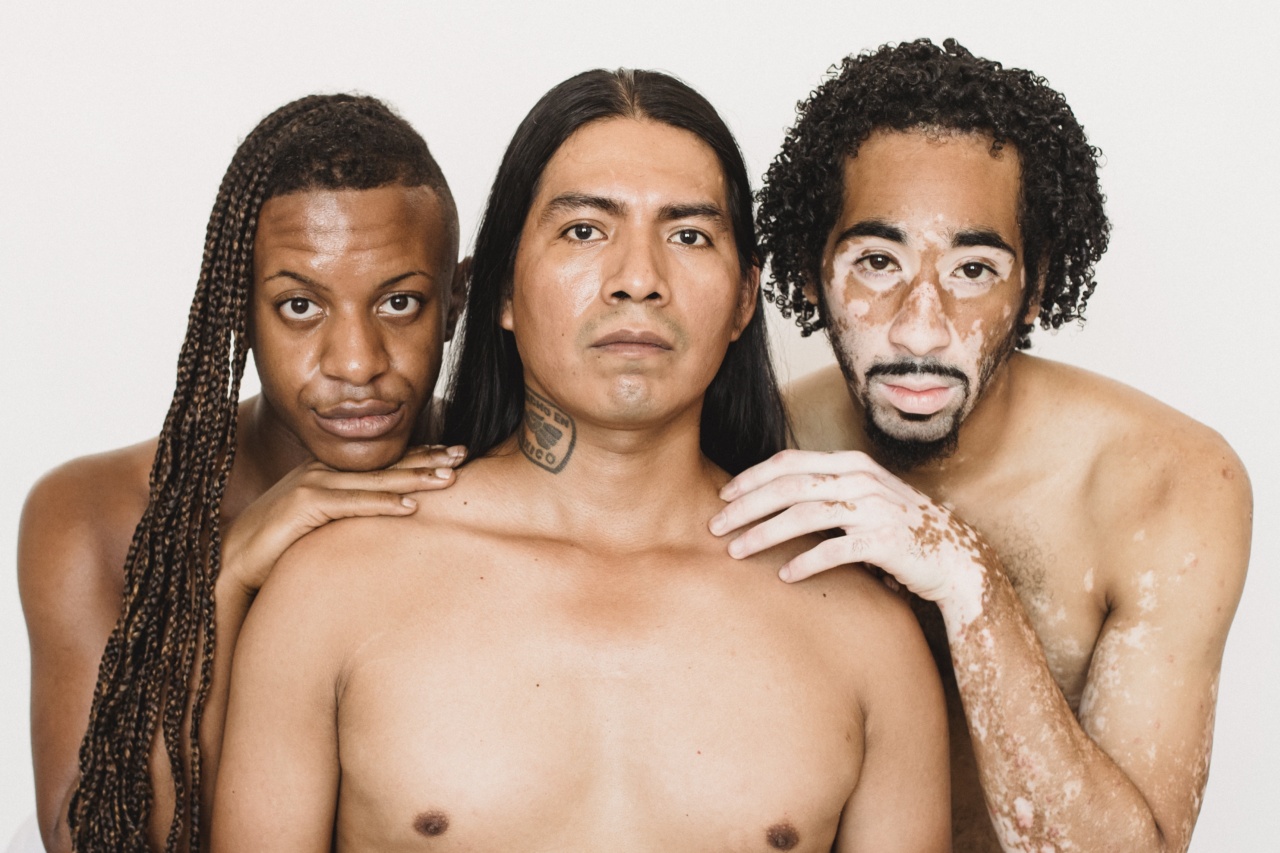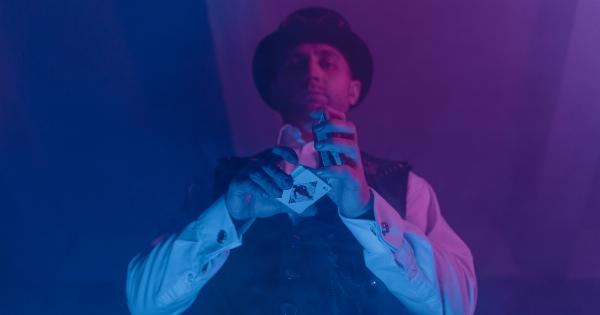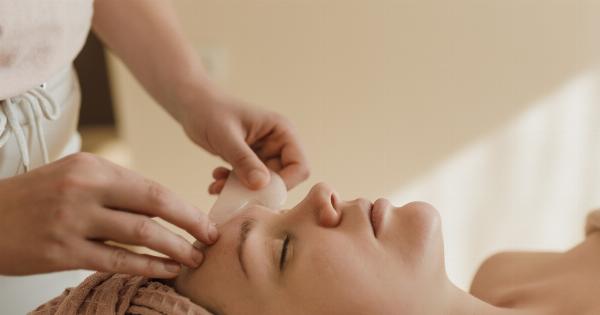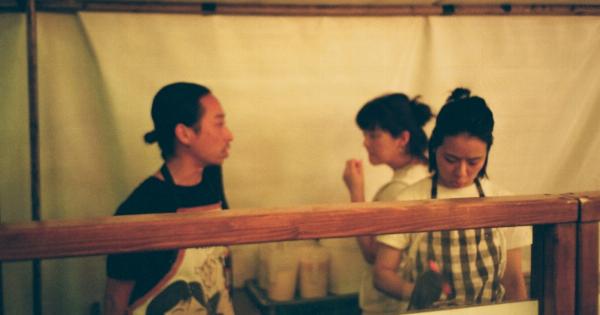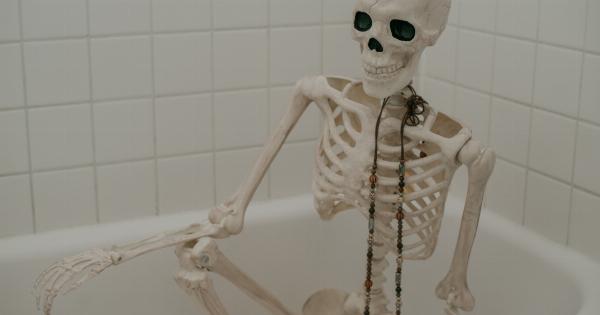Bell’s Palsy is a condition that affects the facial muscles and nerves, resulting in temporary weakness or paralysis on one side of the face.
This condition is named after Sir Charles Bell, a Scottish surgeon who first described it in the early 19th century. While Bell’s Palsy can affect anyone, regardless of age or gender, there have been reports of celebrities and public figures dealing with this condition, including Angelina Jolie.
What is Bell’s Palsy?
Bell’s Palsy is a form of facial paralysis that occurs due to the inflammation or swelling of the facial nerve. This nerve controls the muscles of the face, allowing us to make various facial expressions.
When the facial nerve is affected, it can lead to weakness or complete paralysis on one side of the face.
The exact cause of Bell’s Palsy is still unknown, but it is believed to be triggered by viral infections, particularly the herpes simplex virus (responsible for cold sores).
Other potential causes include autoimmune disorders, such as when the immune system attacks the facial nerve mistakenly, and physical trauma to the face.
The Symptoms
Bell’s Palsy usually manifests suddenly. The most common symptoms include:.
- Weakness or paralysis on one side of the face
- Drooping of the mouth or eyelid on the affected side
- Loss of the sense of taste on the front two-thirds of the tongue
- Inability to close the eyelid or excessive tearing on the affected side
- Increased sensitivity to sound in one ear
- Pain or discomfort around the jaw or behind the ear on the affected side
In Angelina Jolie’s case, she experienced sudden facial paralysis on the right side of her face, which is a characteristic symptom of Bell’s Palsy.
She revealed her condition during an interview, explaining how it impacted her daily life and movie projects.
Treatment and Recovery
Bell’s Palsy is usually a self-limiting condition, meaning it resolves on its own within three to six months, even without any treatment. However, medical intervention can help speed up the recovery process and reduce the severity of symptoms.
Common treatment options include:.
- Medications: Corticosteroids, such as prednisone, can reduce inflammation and swelling, aiding in the recovery of facial nerve function.
- Physical therapy: Exercises and facial massages can help maintain muscle tone and prevent permanent muscle weakening.
- Protection and eye care: To prevent dryness and damage to the eye, eye drops, wearing an eye patch, or taping the eye shut during sleep may be recommended.
It’s important to note that while most people with Bell’s Palsy recover fully, some individuals may experience residual weakness or other facial abnormalities.
In rare cases, additional medical or surgical interventions may be required to restore full facial function.
Angelina Jolie’s Experience
Angelina Jolie shared her experience dealing with Bell’s Palsy publicly, raising awareness about the condition. She revealed that she woke up one morning and noticed her face was completely droopy on one side.
She described the initial fear and uncertainty that came with the sudden onset of facial paralysis.
Jolie spoke about the challenges she faced, both physically and emotionally, while dealing with Bell’s Palsy. She emphasized the importance of medical support and understanding from friends and family during her recovery journey.
By openly talking about her experience, she aimed to break the stigma and encourage others who may be going through similar health issues.
Conclusion
Bell’s Palsy is a temporary condition that can affect anyone, including public figures like Angelina Jolie. It causes facial paralysis on one side of the face, resulting in various symptoms and challenges.
While the exact cause is unknown, viral infections and autoimmune disorders are commonly associated with the condition.
Recovery from Bell’s Palsy typically occurs within three to six months, with or without treatment. Medications, physical therapy, and eye care can aid in the recovery process and minimize long-term complications.
Angelina Jolie’s openness about her experience with Bell’s Palsy has helped raise awareness about the condition and provides support to individuals navigating their own journeys of recovery.
